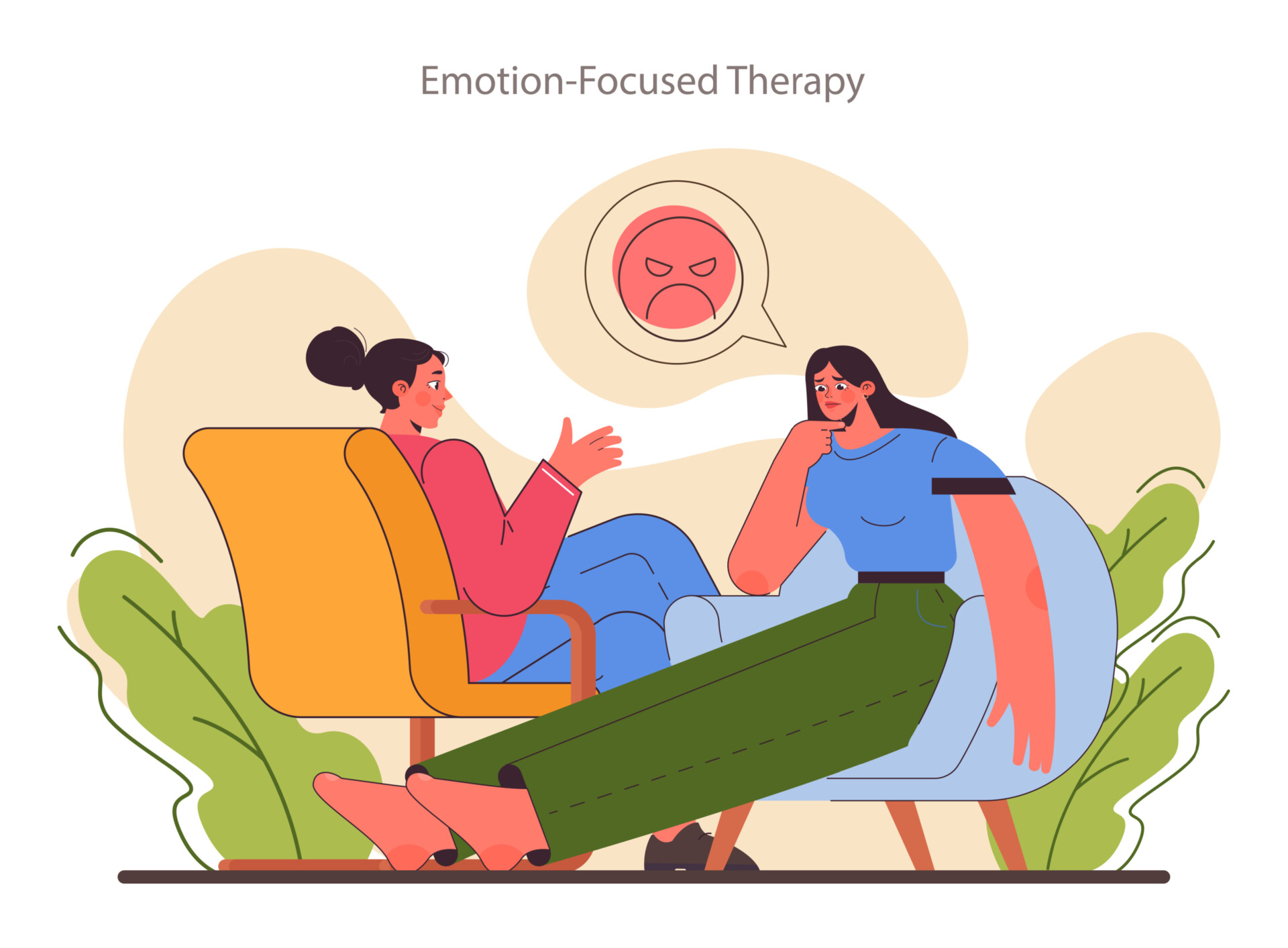
What prevents effective relationship treatment from reaching those who need it?
When a couple faces a crisis, the idea of professional help might feel like a lifeline.
But for many, getting that help – especially evidence-based treatments like Emotionally Focused Therapy (EFT) – is surprisingly difficult, even when therapists want to provide it.

The problem isn’t just a lack of training; it’s a systemic failure to support relationship work in community settings.
A new study explored the ground-level reality in a major mental health agency, identifying the hidden logistics that block therapists from integrating EFT into their practice.
Using reflexive thematic analysis of interviews with 22 therapists and intake coordinators, the research uncovered the facilitators that inspire change and the entrenched barriers that prevent it.
This preimplementation study serves as a crucial first step toward bridging the gap between proven couple therapy research and real-world clinical practice.
Key Points
- Biggest Barrier: Insurance: The most significant, and most discussed, obstacle to implementing couple therapy is the fundamental lack of third-party payer reimbursement for relationship-focused services.
- The ‘Individual’ Focus: Agency systems, including electronic medical records (EMR) and intake procedures, are designed for individual clients, making it burdensome and difficult to chart or schedule couple work.
- Therapists Are Motivated: Therapists expressed a strong desire to learn EFT, improve their couple therapy skills, and believed the treatment was highly valuable for both mental and relationship health.
- Leadership Support Matters: Facilitators included free training offered by leadership and a supportive peer/supervision environment, which encourages therapists to adopt new, specialized skills.
The Unseen Battle: Systems Built for Individuals
Imagine trying to fit a square peg into a round hole—that’s how clinicians described trying to perform couple therapy in a system built entirely for individual care.
The agency’s electronic medical record (EMR), for instance, was only designed to register one patient.
This forces therapists to “work around” the system to maintain appropriate documentation for couple cases, adding to their workload and frustration.
Intake coordinators, who are the first point of contact for clients, reported a similar struggle.
They often discourage callers from pursuing couple therapy by telling them it’s self-pay and instead encouraging individual therapy.
This is a defensive move rooted in the agency’s fear of committing insurance fraud, but it often stops couples from receiving the treatment they need.
Additionally, the physical office space itself posed a practical, if modifiable, barrier.
Therapists described their offices as simply too small to comfortably fit two clients and the therapist, which is particularly challenging for a relational model like EFT that encourages partners to turn toward each other.
The Intractable Monster: Third-Party Payers
While the office layout or EMR can be modified, one barrier looms largest and is far more difficult to resolve: the structure of insurance reimbursement.
Third-party payers often deny reimbursement for services that primarily treat a relational problem, viewing it as a non-medical necessity.
Although couple therapy is effective for individual disorders like depression and anxiety , therapists face ethical dilemmas when assigning a diagnosis solely to secure payment for relationship work.
This situation leads to creative, but burdensome, billing practices.
Therapists might identify one partner with an individual diagnosis, then bill the sessions as “family therapy” to the insurance provider.
However, sessions coded as “family therapy” often result in lower reimbursement rates than individual sessions, which acts as a financial disincentive for clinicians to offer couple services.
The consequence is a major access barrier.
As one therapist noted, “unless you’re rich and can afford out-of-pocket, it can be very, very difficult to [receive] couple therapy”. Even a client assistance fund established by the agency to address this cost cannot cover the full expense for every couple.
The Powerful Engine: Therapists’ Motivation
Amidst these structural challenges, a clear facilitator stood out: the therapists themselves.
Participants showed a strong motivation to improve their skills and believed in the immense value of EFT for both relationship and individual mental health.
One therapist confessed, “I’m a little uneasy treating couples… I feel like I don’t have the best methods” and was excited to gain more skills.
This strong desire for growth, coupled with the agency’s offer of free EFT training, created a strong foundation for implementation.
Therapists also valued the prospect of a supportive learning environment, including peer collaboration and model-specific supervision, which is crucial for building and sustaining competency in EFT.
Why It Matters: Policy is Mental Health Policy
This study reveals that the most effective couple therapy in the world is useless if the systemic structure prevents its delivery.
When insurance and logistical systems fail to support couple work, they are not just blocking relationship counseling; they are actively limiting mental health care.
Relationship distress is a known risk factor and contributor to individual mental health problems like anxiety and depression.
For the public: If you have struggled to find affordable, covered couple therapy, know that the barrier is likely a bureaucratic and policy issue, not a lack of willing, motivated therapists.
For clinicians and policymakers: Addressing internal agency barriers (like EMR and office space) is essential, but the most impactful change requires external advocacy.
Policy changes that ensure adequate reimbursement for couple therapy – recognized as cost-effective and clinically vital – are needed to truly reduce the prevalence and burden of mental and relationship health problems.
Reference
Wittenborn, A. K., Mitchell, E. A., Edwards, C., & Blow, A. J. (2025). Facilitators and barriers to the implementation of emotionally focused couple therapy in a large mental health agency: A preimplementation study. Couple and Family Psychology: Research and Practice, 14(3), 165–178. https://doi.org/10.1037/cfp0000261









